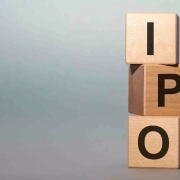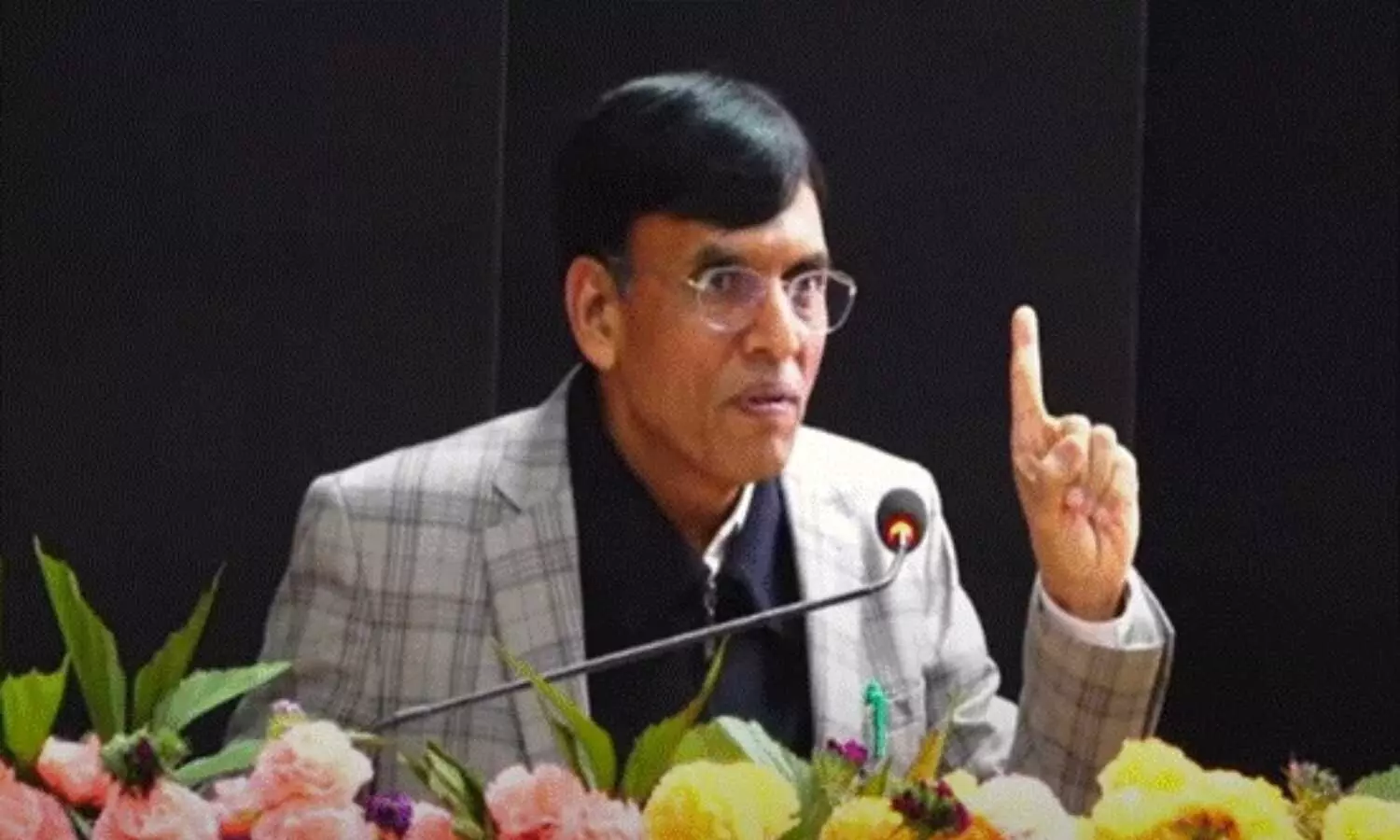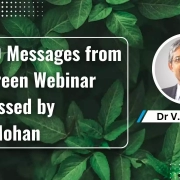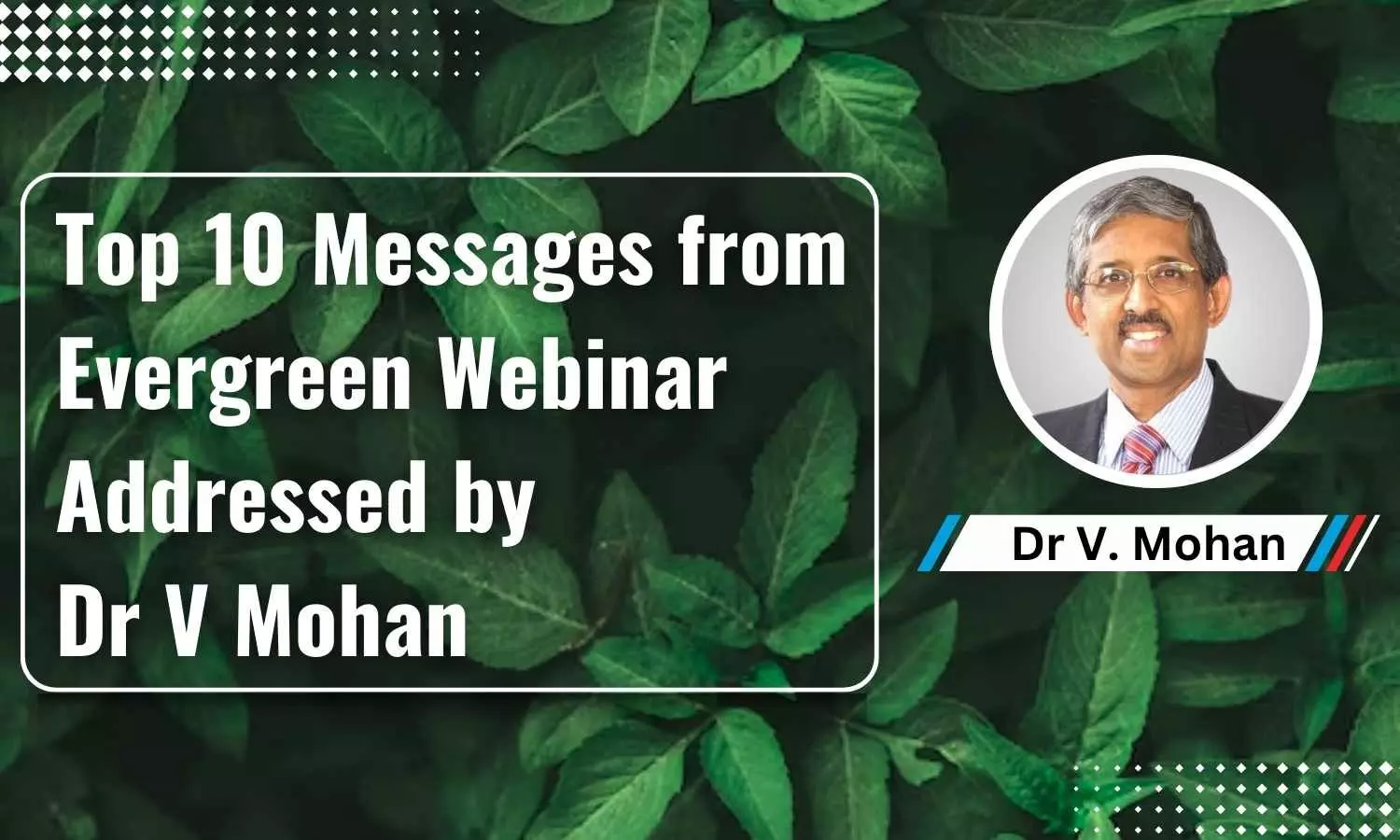Dr. V. Mohan, M.D., FRCP (London, Edinburgh, Glasgow & Ireland), Ph.D., D.Sc. D.Sc (Hon. Causa), FNASc, FASc, FNA, FACE, FACP, FTWAS, MACP, FRSE. Dr. V. Mohan is a Padma Shri Awardee and is the Chairman of Dr. Mohan’s Diabetes Specialities Centre in Chennai, South India, an IDF Centre of Excellence in Diabetes Care and Madras Diabetes Research Foundation, Asia’s largest stand-alone diabetes research centre.
The Evergreen webinar covered the clinical applicability of Linagliptin and Dapagliflozin in real-world clinical scenarios of Type 2 Diabetes. The case scenarios covered included newly diagnosed obese type 2 diabetes mellitus (T2DM), T2DM uncontrolled on metformin, uncontrolled T2DM with a sedentary lifestyle, long-standing T2DM with atherosclerotic cardiovascular disease (ASCVD) and rapidly declining eGFR and elderly T2DM obese patients with risk of hypoglycemia.
Below are the ten key messages addressed by Dr V Mohan from the Evergreen Webinar on the clinical applicability of Linagliptin and Dapagliflozin.
1. Diabetes Mellitus- Global Burden & High Brunt on Low & Middle-Income Countries: Diabetes is a worldwide healthcare challenge; half a billion people currently have diabetes, and this number will soon touch 1 billion. Three out of four diabetes patients live in lower- and middle-income countries. China and India alone account for 40% of the entire diabetes population in the world. Half of people have undiagnosed diabetes, which adds to the burden.
2. Poor Combined ABC Goals Achievement in India- Learnings from ICMR-INDIAB-17: The ICMR-INDIAB-17 study showed that 101 million have diabetes, 136 million have prediabetes, and 237 have either diabetes or prediabetes. Among them, 315 million of them have hypertension, with higher rates observed among all urban populations compared to rural populations. Furthermore, only 35 % of Indians have their HbA1C under control, and only 7% have their HbA1C, Blood pressure, and Cholesterol (A-B-C) under control.
3. Challenges in Glycemic Control: Due to the multiple pathophysiological defects of diabetes, the treatment should focus on clinical benefits beyond glucose control alone. Drugs with CV and renal benefits and safety are also available; even drugs that do not cause weight gain or hypoglycemia, which are the two main side effects, are advantageous. Compliance and adherence are important, so combination therapy is suggested to reduce the amount of pill intake. Clinical inertia is another big factor for uncontrolled HbA1C in the diabetes population.
4. Why Do We Need Resilient Synergistic Drugs?: Drugs that can reduce lipids, weight, blood pressure, and blood glucose will be a clear winner in India. Hitting hard and hitting early helps in achieving treatment targets. SGLT2 inhibitors mainly act in the kidney, increasing glucosuria, leading to reduction in blood glucose levels, weight and blood pressure. DPP4 inhibitors act on the beta and alpha cells, increasing gastric inhibitory polypeptide (GIP), and glucagon-like peptide-1(GLP) secretion and reducing glucagon secretion leading to sustained glycemic control. Combining the two drugs that act on diabetes defects reduces the pill burden and cost, thus improving adherence and compliance. Linagliptin alone can reduce A1C by 0.9%, while the combination with Dapagliflozin can reduce HbA1c by up to 1.36%. Only 26% of patients achieved HbA1C with Linagliptin monotherapy, while 49% achieved HbA1C target when combined with Dapagliflozin. Linagliptin monotherapy lowered fasting blood glucose by 22 mg/dl, but the reduction was doubled to 52 mg/dl when combined with Dapagliflozin.
5. Efficacy and Safety of Linagliptin and Dapagliptin – Review of Published Studies: The CARMELINA trial compared Linagliptin and placebo and showed positive results favoring Linagliptin. The CAROLINA that compared Linagliptin and Glimepiride also favored Linagliptin. The DECLARE-TIMI showed favorable results with Dapagliflozin. Among the SGLT2 inhibitors, Empagliflozin and Dapagliflozin stand out with positive results and encouraging statistics. Among DPP4 inhibitors, Sitagliptin and Linagliptin exhibit a consistently normal and almost near unity safety profile in hospitalization for heart failure.
Linagliptin is neutral and safe in all stages of kidney failure, even at dialysis. Dapagliflozin benefits heart and kidney outcomes, and Linagliptin has no deleterious effect. Thus, among CV and kidney disease concerns, SGLT2i (Dapagliflozin) and DPP4i (Linagliptin) come out as clear winners.
6. What do Global & Indian Guidelines Direct?:
The Research Society for the Study of Diabetes in India (RSSDI) guidelines: The RSSDI guidelines suggest combination drugs for patients with HbA1C 1.5% above target or as a first-line even above metformin.
The American Diabetes Association(ADA) Guidelines: The ADA 2023 suggested the early use of combination therapy to prevent treatment failure. In patients with established ASCVD, heart disease, HF, and CKD, the guideline recommended the use of SGLT2 inhibitors.
The American Association of Clinical Endocrinology (AACE) Guidelines: The AACE guidelines also recommended an early use of either SGLT2 inhibitors or DPP4 inhibitors, or a combination of the two if the HbA1C is 1.5% above targets.
The Kidney Disease Improving Global Outcome (KDIGO) Clinical Practice Guideline: The KDIGO also recommended the use of SGLT2 inhibitors in treating people with T2D, CKD and an eGFR ≧20 ml/min per 1.73 m2
7. CV Safety of Linagliptin in Asian Patients: The CV benefits derived from trials (CAROLINA, CARMELINA, RCTs) showed consistent and similar benefits among Asians and other ethnicities. The Chinese show no specific benefits among Asians; higher favorable benefits are reported among Koreans and Indians, likely due to lower adiponectin levels.
8. Weight Reduction and Mitigating Genitourinary Tract Infections with Combination of Linagliptin and Dapaglilfozin: The CAROLINA trial showed better weight reductions with Linagliptin than with Glimepiride. This suggests that DPP4 inhibitors work better than SU agents for weight reduction. Linagliptin alone can reduce weight by 1.06 kg. The SGLT2 inhibitor, dapagliflozin, has weight-lowering effects and can reduce weight by 4.27 kgs. Additionally, Adding Linagliptin to SGLT2 inhibitors (Dapagliflozin) reduces the risk of genitourinary tract infection by 49% than using SGLT2 inhibitors alone. This is not observed with all SU agents.
9. Suitability of SGLT2 and DPP4 inhibitors in Indian T2DM Patients: Given the multiple pathophysiological defects of diabetes, a combination of SGLT2 and DPP4 inhibitors, with or without metformin is suitable, providing better glycemic control, pleiotropic benefits, and CV benefits. Combination therapy is recommended in Indian patients to overcome clinical inertia and ensure long-term patient adherence.
10. Clinical Applicability of Linagliptin & Dapagliflozin: Linagliptin and Dapagliflozin could be considered at any stage of the natural history of diabetes. The combination therapy is safe in diabetes, including newly diagnosed and uncontrolled, irrespective of age and BMI, risk of hypoglycemia, spectrum of CV and CKD, with the added benefit of convenience of once-daily dosing.
The EVERGREEN webinar was a scientific initiative supported by USV Pvt Ltd.
Reference:
1. V Mohan, EVERGREEN Webinar Presentation.










